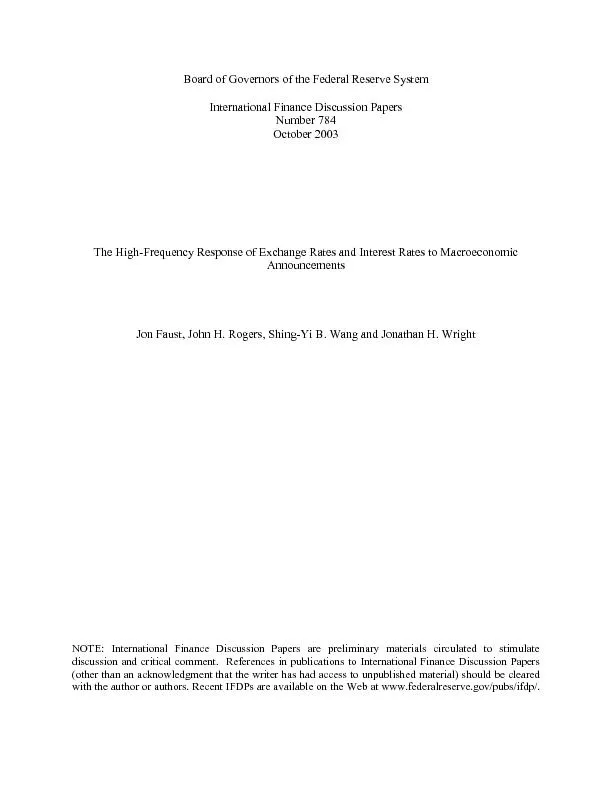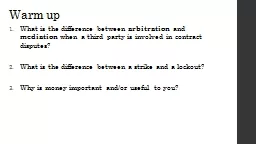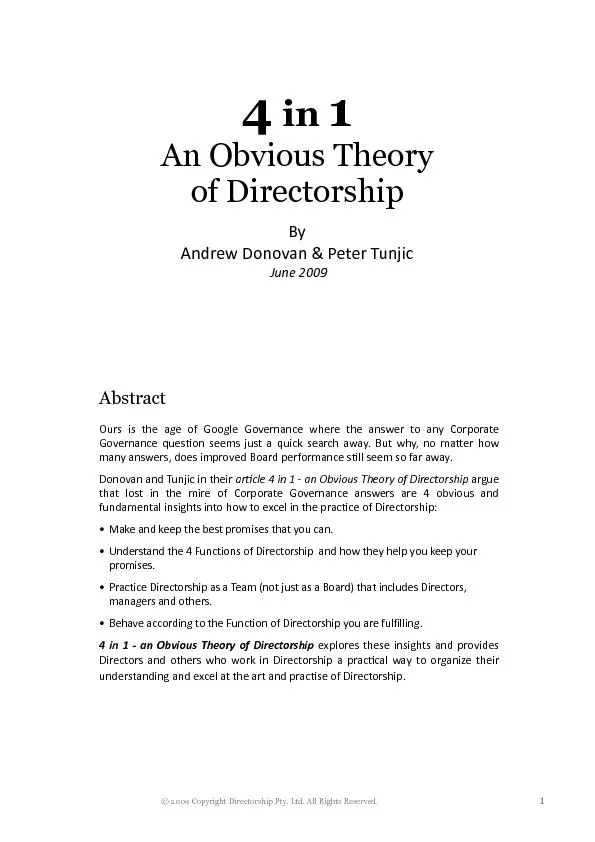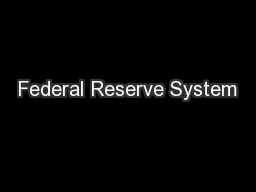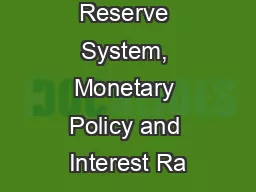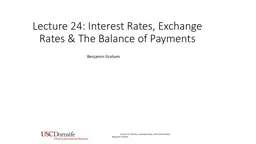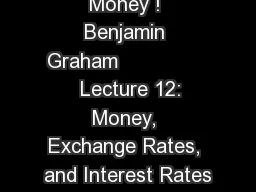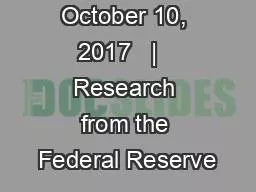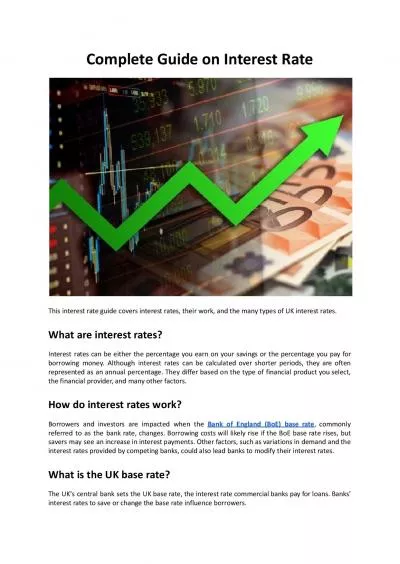PDF-e Federal Reserve System Number 784 tes and Interest Rates to Macroeco
Author : sherrill-nordquist | Published Date : 2016-10-06
tes and Interest Rates to Macroeconomic Announcements Jon Faust John H Rogers ShingYi B Wang and Jonathan H Wright Many recent papers have studied movements in
Presentation Embed Code
Download Presentation
Download Presentation The PPT/PDF document "e Federal Reserve System Number 784 tes ..." is the property of its rightful owner. Permission is granted to download and print the materials on this website for personal, non-commercial use only, and to display it on your personal computer provided you do not modify the materials and that you retain all copyright notices contained in the materials. By downloading content from our website, you accept the terms of this agreement.
e Federal Reserve System Number 784 tes and Interest Rates to Macroeco: Transcript
Download Rules Of Document
"e Federal Reserve System Number 784 tes and Interest Rates to Macroeco"The content belongs to its owner. You may download and print it for personal use, without modification, and keep all copyright notices. By downloading, you agree to these terms.
Related Documents

